Online Help
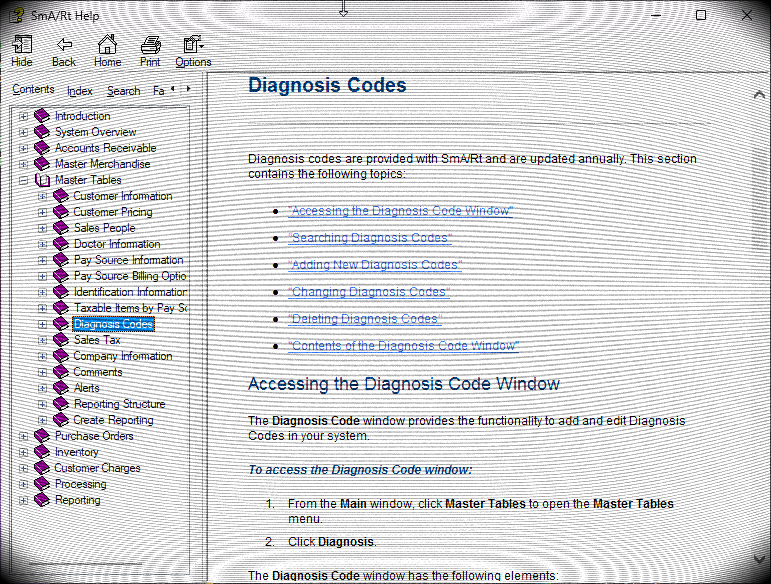
Introduction
While this work seems dated, it really isn't. I've worked on more online help projects than I can remember. As my examples show, even modern webhelp is structured like older help systems. Context sensitivity is still important, even while I'm seeing less of it in the software I use.
Well‑planned and precise context‑sensitive help increases product adoption and keeps users engaged.
Best practices of online help should have the following general features:
- Context sensitivity: a feature where the help topic is linked to software to provide the details about the webpage or software screen users are currently viewing.
- Conceptual and technical help: a feature where there are quick steps for the webpage or screen as well as more detailed content providing conceptual information about why the quick steps are necessary.
- Field-level help: a feature where there are small pop-up micro-windows for each form field explaining the parameters of the field (e.g. character limit, format examples, and explanations of sensitive data will be used).
- Table of contents and chapters: a structured help system where users interact with book-like features. This is critical because the format of the book was developed over thousands of years.[^ Jan Tschichold. The Form of the Book: Essays on the Morality of Good Design. Hartley & Marks Publishers, 1991.]
- Indexes: a human curated index is also critical,[^Bonura, Larry S. The Art of Indexing. Wiley Technical Communication Library. New York: Wiley, 1994.] but I've noticed many modern help systems support it by substituting keyword searches instead. I will be writing a long-read for this problem in the near future.
- Locally installed: webhelp hosted on the Internet means there will be times users cannot access help because of, you know, the Internet.
"The form of the book is a moral act." Jan Tschichold
Winhelp
Winhelp[^ Microsoft Corporation, ed. Microsoft Windows 95 Help Authoring Kit: Guide to Creating Help Files for Windows 95. Microsoft Professional Editions. Redmond, Wash: Microsoft Press, 1995.] was the first online help system I worked with. It was the first system to become an output of single sourcing. Early on, I loved Winhelp, and still kind of miss it because its native markup was rich text format (RTF).[^Deaton, Mary, Cheryl Lockett Zubak, and Jennie Achtemichuk, eds. Designing Windows 95 Help: A Guide to Creating Online Documents. Indianapolis, IN: Que, 1996.] Initially, RTF was a more robust markup language because of the inclusion of style sheets.
It's important to note that Microsoft's HTML Help eventually became as robust as Winhelp when HTML, CSS, and XML evolved.
The following examples are screenshots of previous Winhelp projects that ranged from hardware to software. All examples were the product of multi-channel publishing.
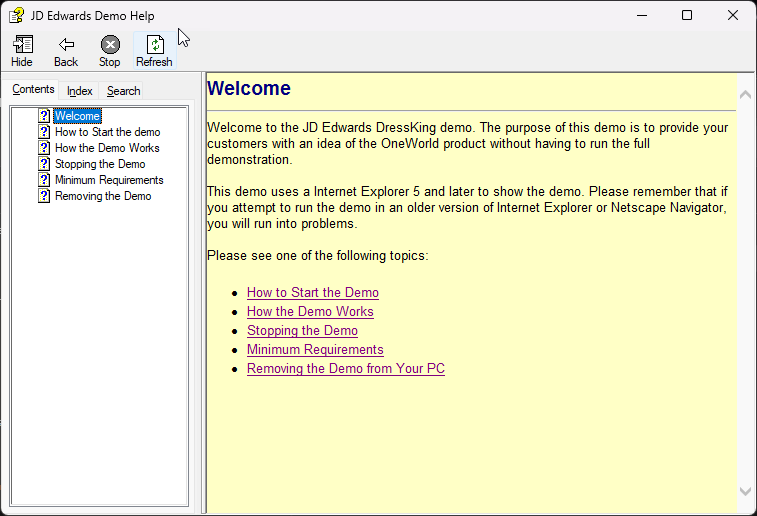
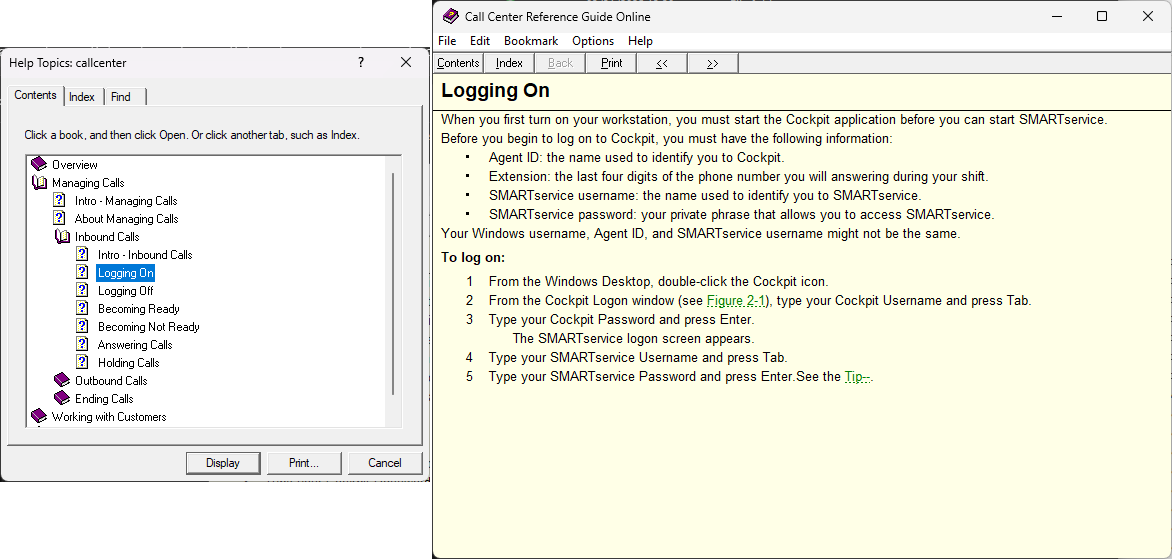
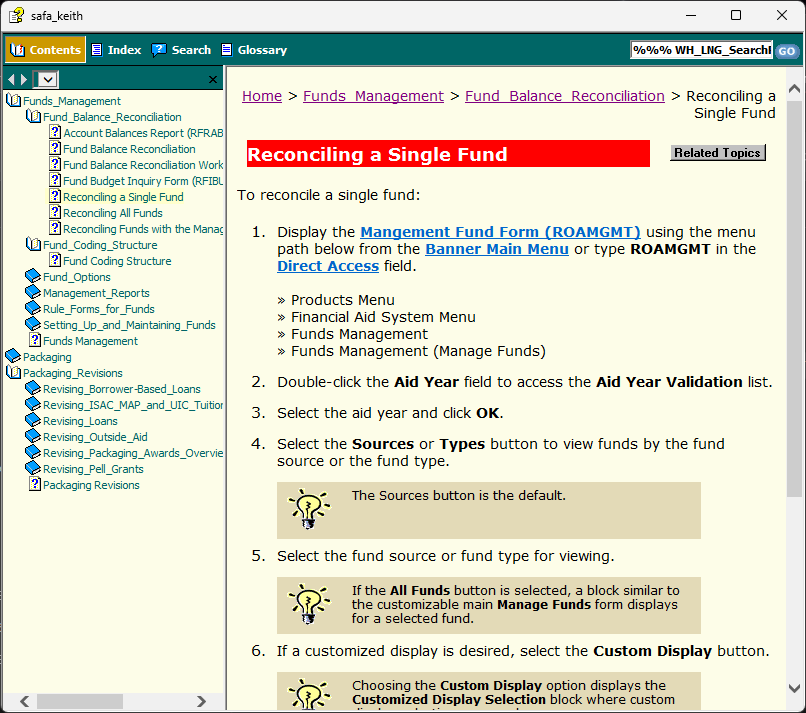
Screenshots of Winhelp examples
Microsoft HTML Help (CHM)
Winhelp has been deprecated since hackers used .hlp files to deliver malware. I was only sad for a couple of years. Fortunately Microsoft HTML Help formats and capabilities evolved with HTML, CSS, and XML.[^ Microsoft Corporation, Microsoft Windows 95 Help Authoring Kit: Guide to Creating Help Files for Windows 95 (Redmond, WA: Microsoft Press, 1995).] Today, CHM is still going strong on Windows, but is slowly being consumed by webhelp. That's okay if webhelp has the best practices previously mentioned.
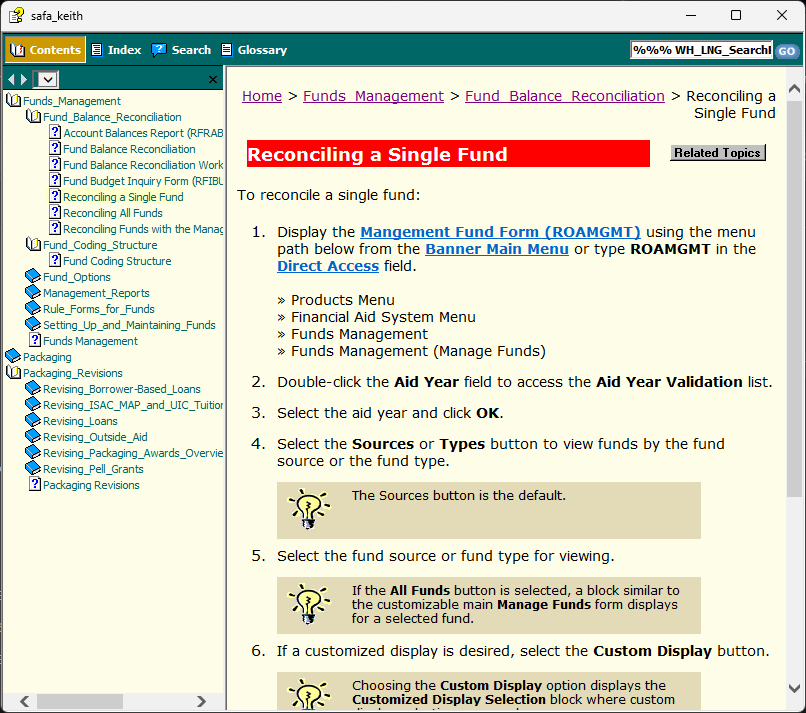
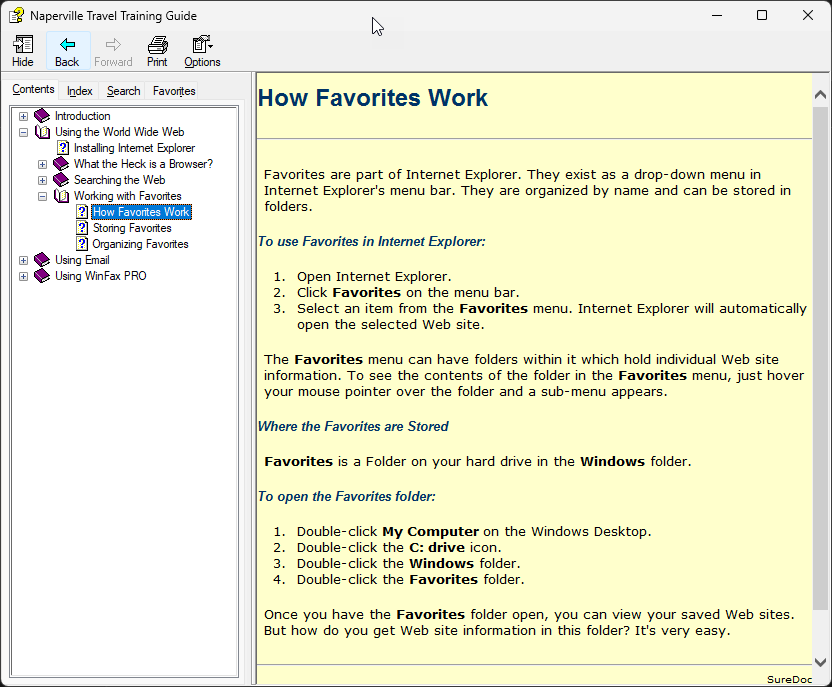
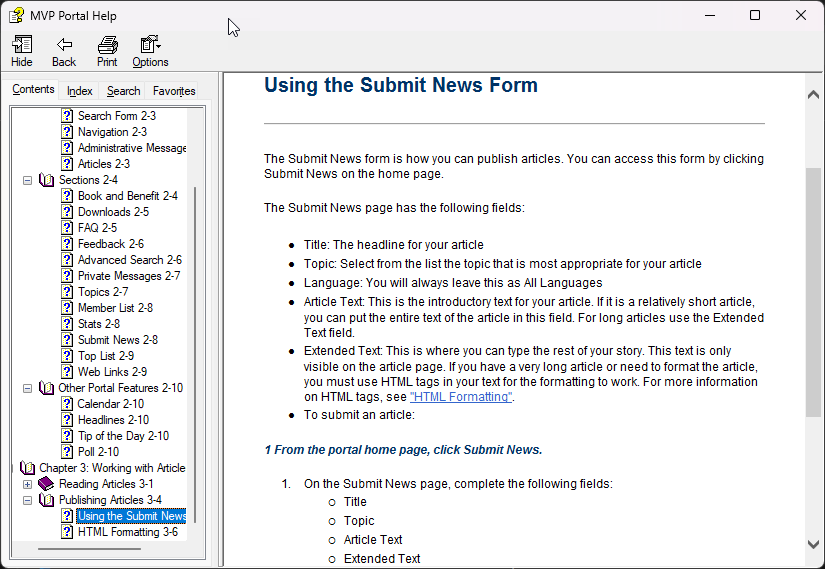
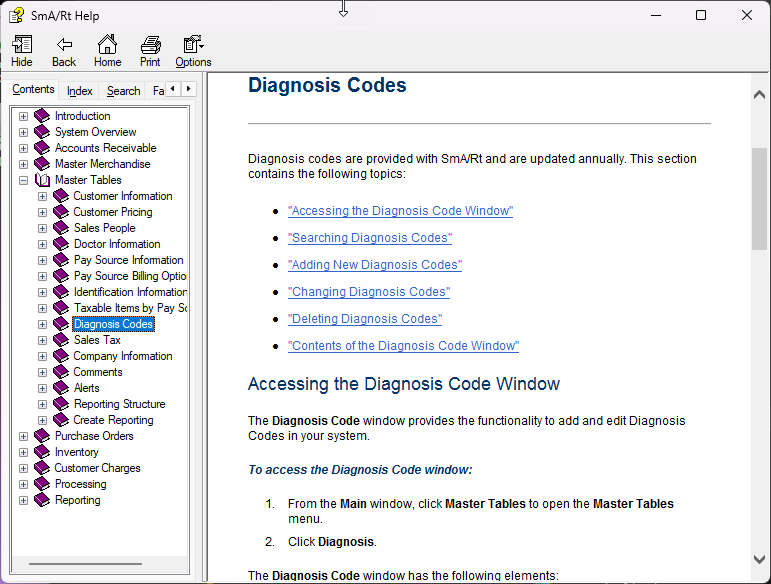
HTML help examples
JavaHelp
RIP JavaHelp.[^ Lewis, Kevin. Creating Effective JavaHelp. 1. ed. The Java Series. Cambridge, Mass: O’Reilly [u.a.], 2000.] I'm including JavaHelp to demonstrate how I'm able to switch between different ways of producing help. Also, I'm a little nostalgic. In these examples, I used FrameMaker and WebWorks Publisher to produce printed, PDF, and context-sensitive help for a firmware interface on telecom hardware and Windows data center management software.
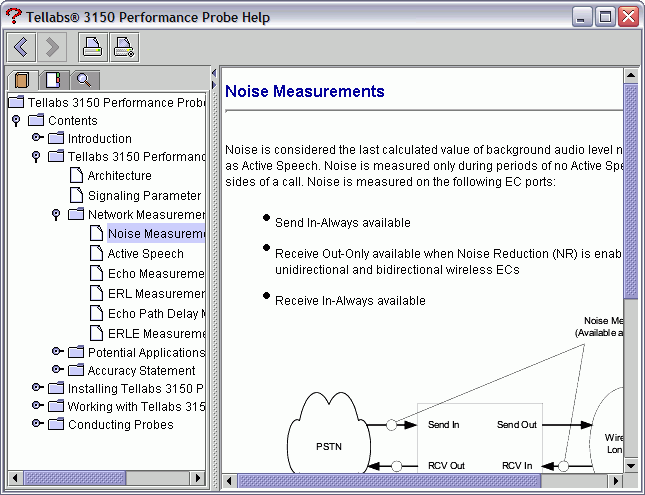
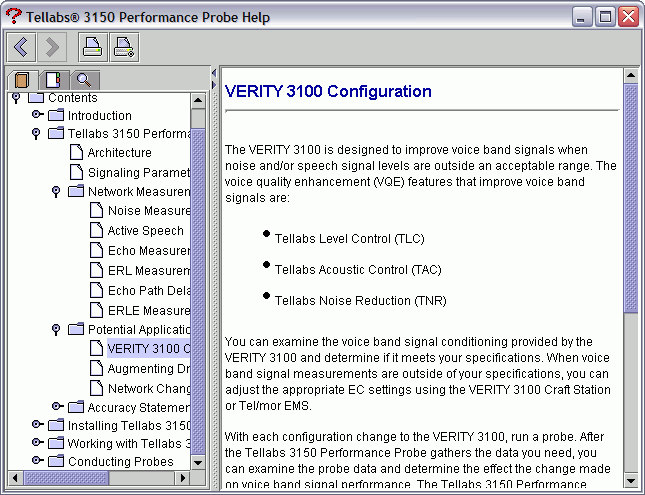
JavaHelp systems used for cross-platform help for firmware configuration
Webhelp
Webhelp is how most software help is now delivered. I find it personally inconvenient because eventually links break. However, it's great when locally installed.
On my personal desktop Windows I have more than 250 applications installed. Many of these apps are related to Windows' components. Eliminating those files, I have right at 200 apps. Only a quarter of them have locally installed webhelp.
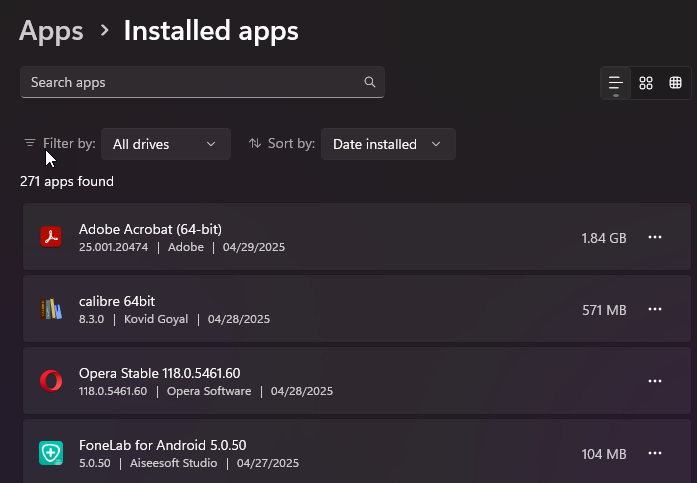
With all of that noted, webhelp is really robust. I've mainly used OxygenXML, Robohelp, and Madcap Flare to produce it. Most of these projects were either DITA or modeled after DITA.
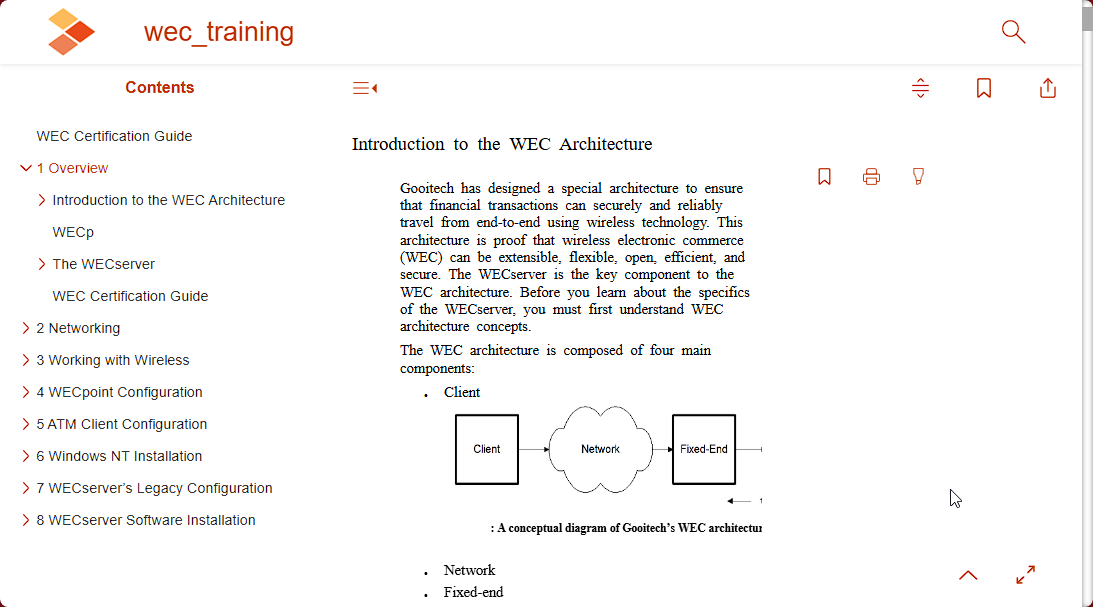
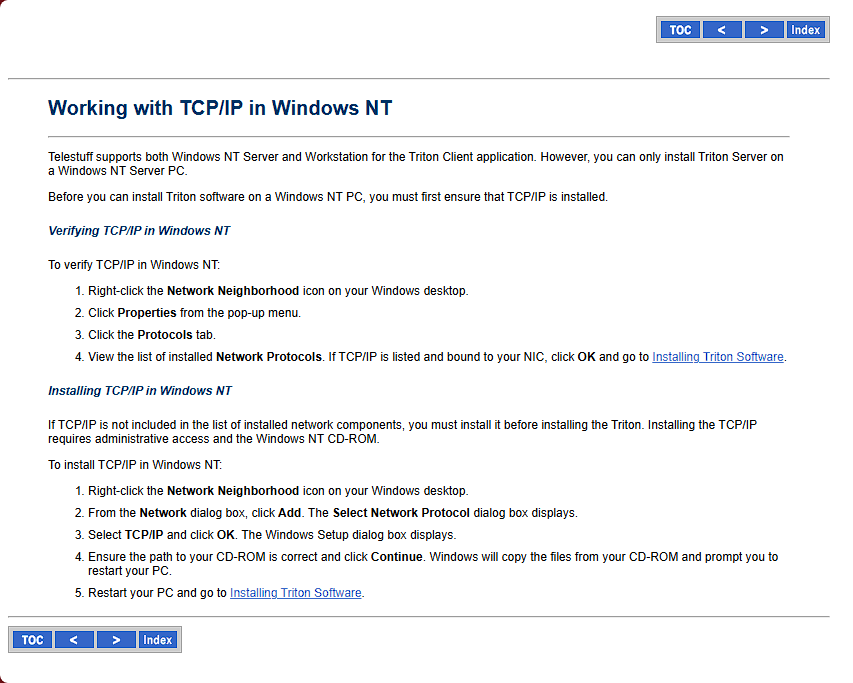
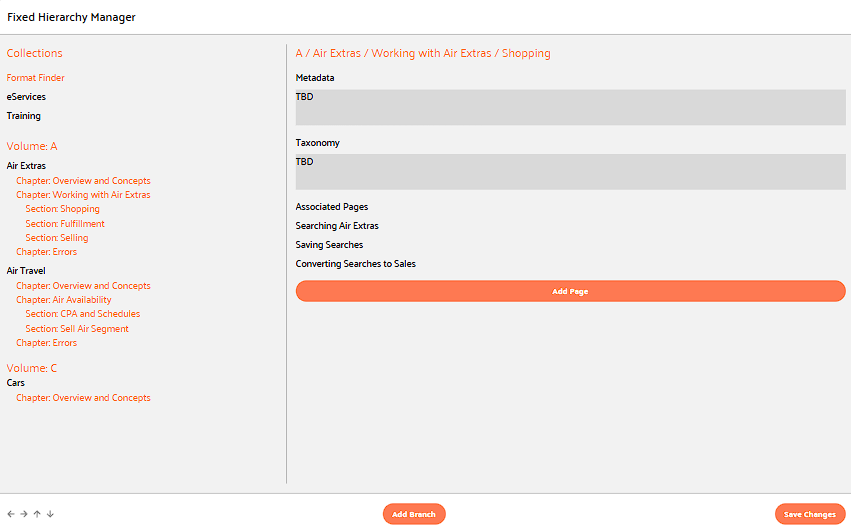

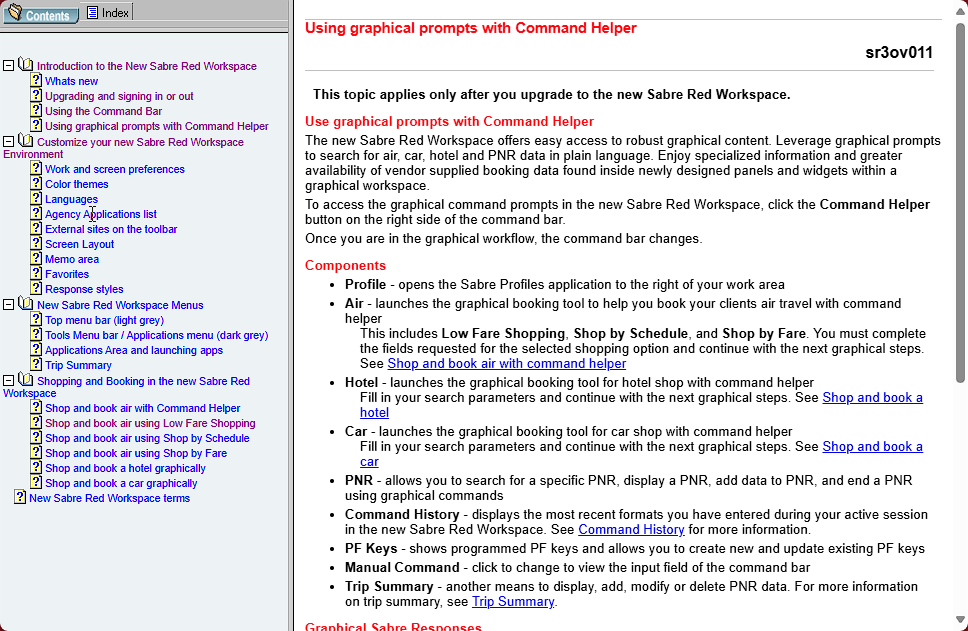
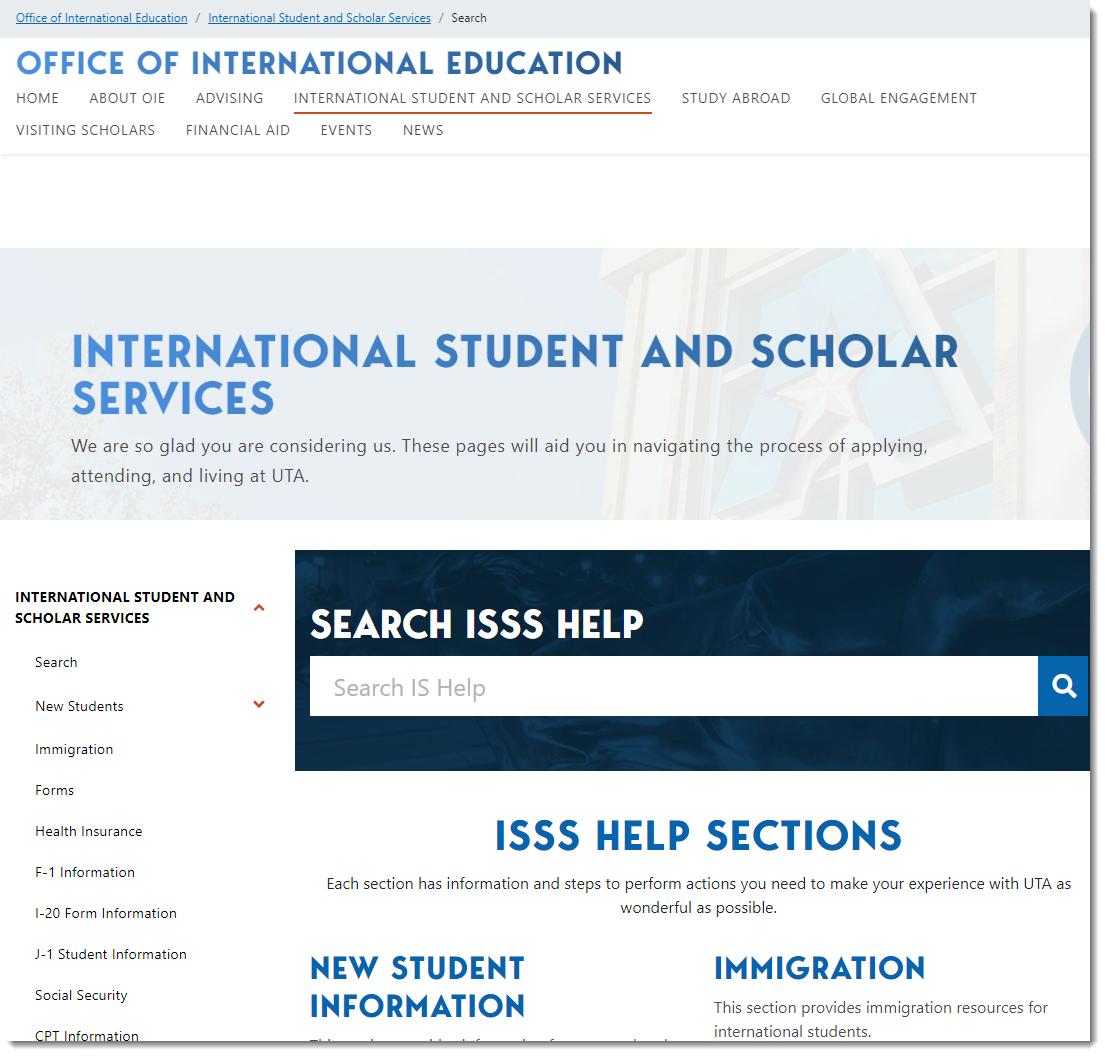
Online help is one of my favorite project types. Well planned and precise context-sensitive-help increases product adoption and keeps users engaged.
Summary
As you can see, I've created and worked on existing help systems most of my career. In some form or another, the principles remain solid. Regardless of the format, I keep the fundamentals I've learned over the years regarding human computer interaction, usability, and accessibility.
